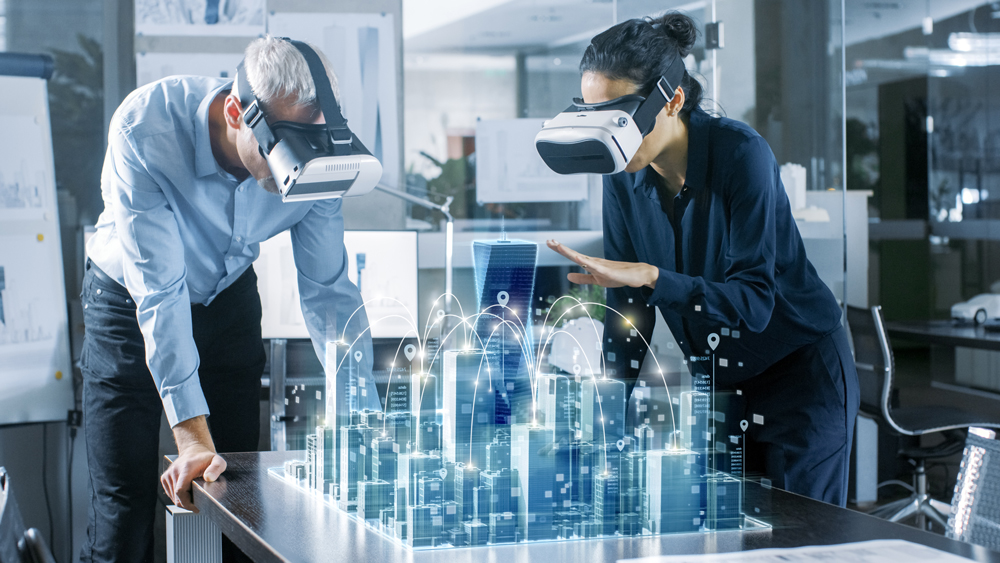4 Ways VR and AR will Change the Construction Industry
Both virtual reality and augmented reality have been hot topics on the lips of many throughout various industries, but what exactly do these terms mean and how do they impact the construction industry?
How Do Virtual Reality and Augmented Reality Differ?
You may have heard the terms VR and AR interchangeably, however, they have distinct differences. According to The Franklin Institute, AR is exactly what it sounds like, it literally augments reality by adding digital images to real scenery, normally via a camera. A common example of this is the popular Pokemon Go game that swept the nation in 2016.
Virtual reality, on the other hand, creates a completely immersive experience. By blocking out reality it immerses the user in a totally different environment. Additionally, the two have now combined to create mixed reality, also known as MR. This allows AR and VR to combine and create the capability to blend the real world with virtual reality simultaneously.
Now that you understand what exactly these terms mean, how will they change the construction industry in particular?
1. Saving Money
One major benefit VR and AR can have on the construction industry is its ability to save companies a substantial amount of money. Designs can be laid out beforehand and literally walked through to increase accuracy and avoid having to rework or replace features during or after construction.
2. Efficiency
AR, and specifically VR, can be very helpful to ensure designs are efficient prior to building. This is especially helpful when collaborating with industries where layout and placement are pivotal in day-to-day functions.
One industry where VR can be used to make sure a building is constructed in the most efficient manner is hospitals. VR can be utilized to allow nurses and doctors to walk through a proposed design and see if they can complete daily duties. This will help avoid problems in the future once the building is already constructed.
3. Safety Training
Both AR and VR are helpful when it comes to
safety training for construction workers. It allows them to practice using
heavy machinery without the risk of injury or costly damages. According to Tom
Wilkerson, owner of Certifyme.net,
more than 100,000 injuries are caused by forklifts each year. The majority of
these injuries were due to improper training.
With VR and AR, workers can be trained in full and remotely, without
companies having to use funds for travel or equipment.
4.
Customer Relations
Customers can experience improved customer relations when VR or AR is used to walk them through the construction process and proposed finished product. It allows the General Contractor to set realistic expectations and show what exactly can be created or done with a space. This leads to a better, more transparent experience for the client, and leads to fewer complaints and return business in the future.
Though VR and AR have some ways to go before
they are fully integrated into day-to-day construction activities, there is
brightness on the horizon for when that day occurs. AR and VR have the
potential to improve and change the construction industry like never before,
making it more profitable and more functional.


